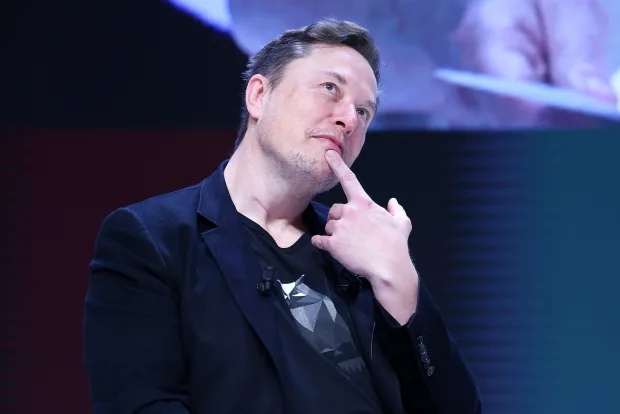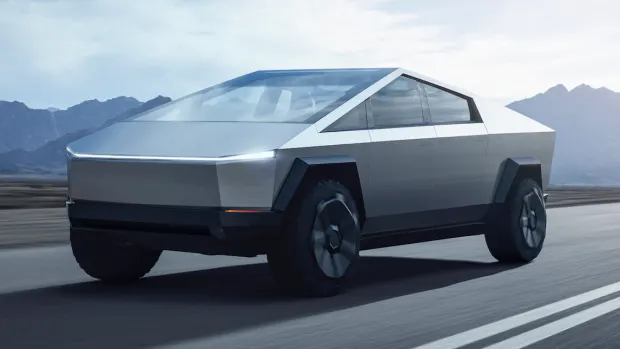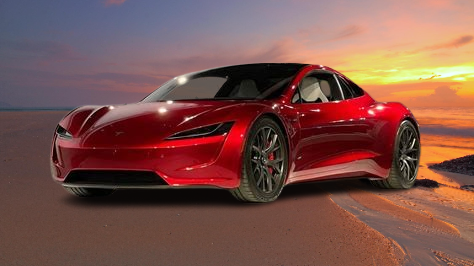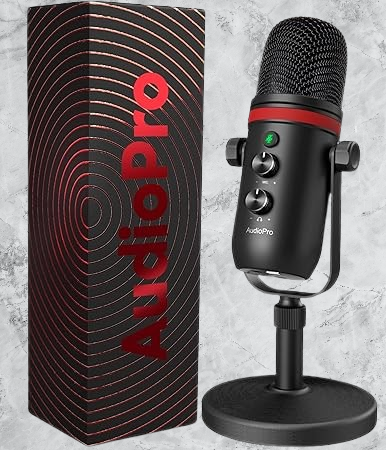
Table of Contents
The dawn of a new era in automotive technology has arrived with Tesla’s Full Self-Driving (FSD) feature. As one of the most anticipated advancements in the world of transportation, FSD promises to redefine driving experiences by enabling vehicles to navigate roads, interpret traffic signals, and respond to dynamic conditions with minimal human intervention. Tesla CEO Elon Musk has consistently emphasized that FSD represents the pinnacle of technological innovation and a significant step toward realizing fully autonomous transportation.
However, recent discussions within the Tesla community have brought forth concerns regarding hardware limitations that could impact the vast majority of Tesla drivers. Musk’s admission about the necessity for specific hardware upgrades before fully realizing the FSD capabilities has raised questions about accessibility to this cutting-edge technology. As Tesla drivers eagerly await the rollout of FSD features, they may find that their current vehicle configurations are inadequate to support the anticipated upgrades, effectively sidelining them from benefiting from comprehensive autonomous driving solutions.
The transition toward autonomous driving is not solely about software; it necessitates robust hardware components capable of processing complex data in real-time. Tesla’s FSD feature relies on sophisticated sensors and computing systems that are not universally present across all models. This reality implies that a significant segment of Tesla owners may need to invest in additional hardware upgrades to unlock the full potential of the FSD system. Consequently, those who are unable or unwilling to upgrade may find themselves at a technological crossroads, unable to partake in the promised advantages of autonomous driving.
As we delve deeper into the implications of these hardware requirements, it becomes evident that while FSD is a remarkable leap in automotive engineering, achieving this vision may not be universally attainable for all Tesla drivers without timely upgrades.
Understanding Tesla’s Current Autonomous Driving Options

Tesla has positioned itself at the forefront of the automotive industry’s transition toward autonomous driving technology. Currently, two main levels of autonomous driving are offered: Autopilot and Full Self-Driving (FSD). These features, although often conflated, represent distinct capabilities of Tesla vehicles and can lead to confusion among potential and existing Tesla owners.
Autopilot serves as the foundational layer of Tesla’s driving assistance features. This package includes basic capabilities such as traffic-aware cruise control and lane centering. Through these functions, the vehicle can maintain a set speed, adjust to the flow of surrounding traffic, and keep itself within lane markings. However, it is important to note that Autopilot still requires the driver to maintain control and remain attentive, adhering to the guidelines set forth by Tesla for safe usage. Thus, Autopilot predominantly represents supervised driving where human oversight is paramount.
Conversely, Full Self-Driving (FSD) is an advanced option that builds upon the foundational features of Autopilot. It incorporates additional functions such as Navigate on Autopilot, which assists the driver with lane changes and highway exits, and Smart Summon, allowing the vehicle to navigate in parking scenarios autonomously. Nevertheless, despite its name, FSD does not equate to completely autonomous driving as it still necessitates driver monitoring and intervention in certain situations. This distinction highlights that while FSD may imply a higher level of autonomy, it still embodies cautious progress toward fully independent driving.
Understanding these differences is crucial for Tesla drivers looking to harness the capabilities of their vehicles effectively. Both levels, Autopilot and FSD, signify significant advancements; however, they reinforce the need for responsible use guided by the inherent limitations of current technology. As Tesla continues to develop its offerings, it remains essential to recognize the evolving landscape of autonomous driving within the automotive sector.
Hardware Requirements for Autonomous Driving

The pursuit of true autonomous driving in Tesla vehicles hinges significantly on the underlying hardware. From 2019 to 2023, Tesla standardised Hardware 3, also known as the Full Self-Driving (FSD) computer, on its cars. This hardware is engineered to facilitate advanced driver-assistance systems (ADAS) through a sophisticated suite of sensors and computational power. However, while Hardware 3 incorporates enhanced capabilities, it falls short of fulfilling the rigorous demands needed for complete autonomy, as defined by industry experts and regulatory bodies.
One of the pivotal aspects that delineate the limitations of Hardware 3 is its processing capacity. Although it can manage a host of driving tasks, the complexity and unpredictability of real-world scenarios require more robust computational capabilities to ensure safe and reliable autonomous navigation. Elon Musk has acknowledged that truly autonomous driving necessitates technologies that surpass the current specifications of Hardware 3, indicating a potential need for substantial upgrades.
This situation presents a considerable challenge for Tesla owners who have invested in the Full Self-Driving package. Many of these drivers may find that their vehicles, while outfitted with this hardware, do not possess the necessary updates to support the evolution of Tesla’s autonomous driving software. The anticipation surrounding full autonomy further complicates the issue; as advancements continue, Tesla owners might feel pressured to upgrade their hardware to keep pace with the growing expectations of autonomous driving capabilities.
In light of these points, it is clear that while Hardware 3 represents a step forward in automotive technology, meeting the ultimate goal of full autonomy entails more than just software advancements—it necessitates a reconsideration of the hardware that underpins these ambitious driving features.
The Lidar Debate in Autonomous Driving

Elon Musk has been an outspoken critic of lidar technology in the context of autonomous driving, believing that it is an unnecessary component for achieving Full Self-Driving (FSD) capabilities. Instead, Musk advocates for a vision-based approach utilizing advanced cameras and deep learning algorithms to process data and navigate environments. He contends that human drivers primarily rely on their vision, thus reinforcing his stance that vehicles should emulate this method through high-definition cameras complemented by sophisticated onboard AI systems.
In stark contrast, companies like Waymo promote the integration of lidar in their autonomous driving technologies. Waymo asserts that lidar provides crucial depth perception and environmental awareness that cameras alone cannot achieve, particularly in challenging conditions such as low light or adverse weather. These autonomous systems leverage lidar to create detailed 3D maps of surroundings, which they argue enhances safety and reliability for navigating complex urban environments.
The debate centers around whether reliance solely on cameras and artificial intelligence can effectively replicate the multifaceted capabilities of lidar-based systems. Proponents of lidar argue that its precision is vital for ensuring that autonomous vehicles can safely and accurately understand their surroundings, thus mitigating risks during operation. Conversely, critics of lidar emphasize the high costs and added complexity associated with implementing such technology, questioning the long-term viability of a lidar-dependent model in commercial autonomous vehicles.
This fundamental difference in philosophy reflects broader implications for the autonomous driving industry, affecting everything from research and development priorities to regulatory discussions on safety standards. As companies continue to test and refine their approaches, the outcomes of this debate may shape not only the technological advancements in autonomous driving but also public perception and acceptance of these innovations.




[…] addition to Thunderbolt connectivity, the M3 MacBook Air incorporates USB-C options, enabling seamless integration with various accessories such as external […]